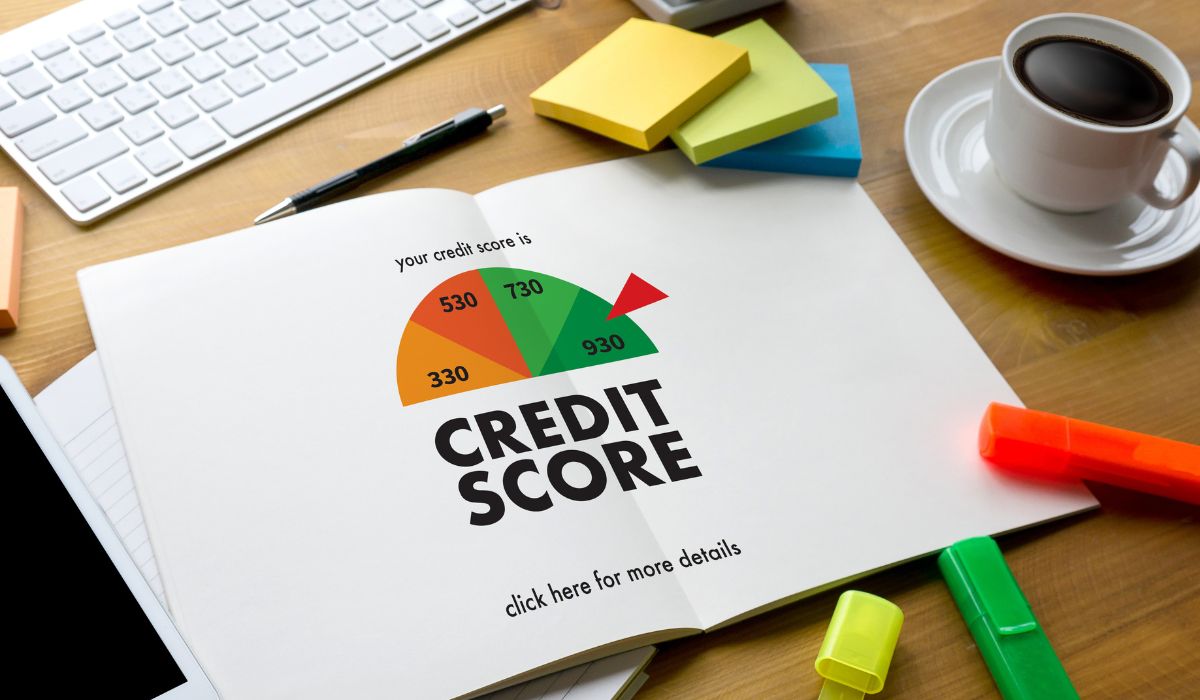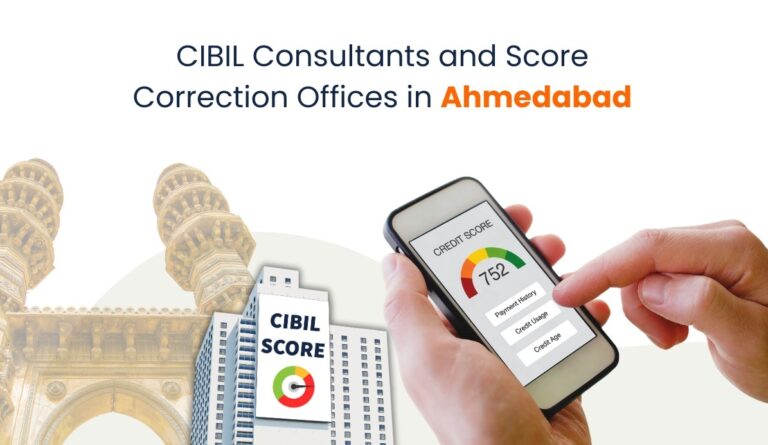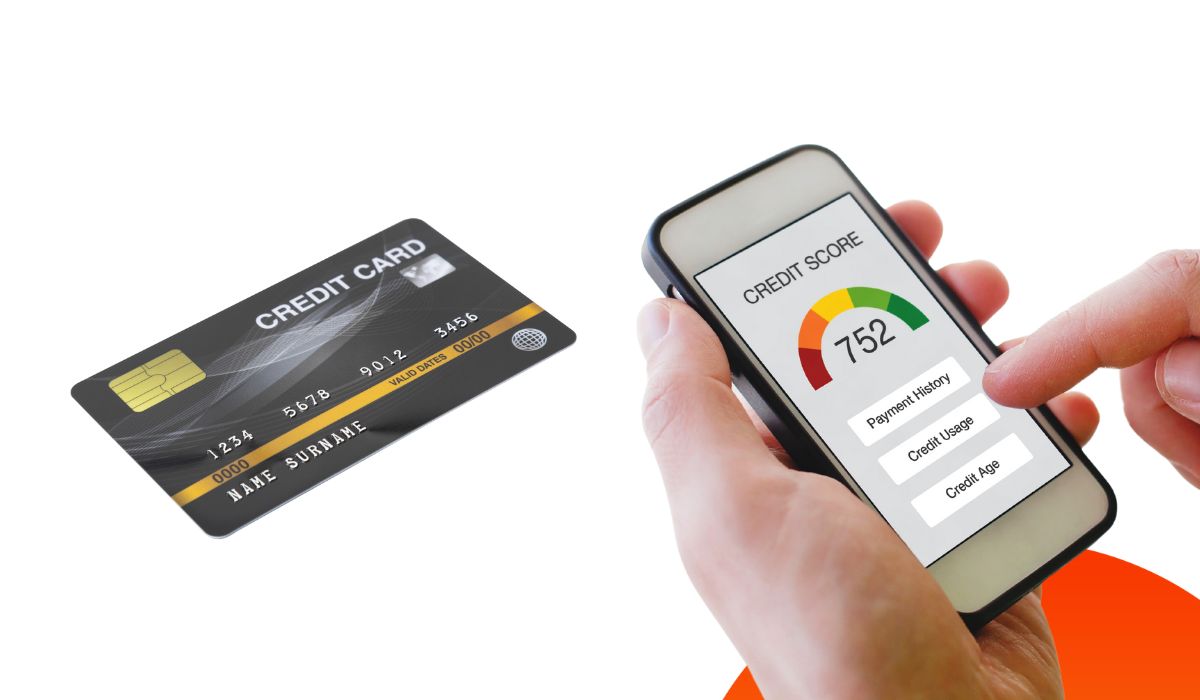Understanding your CIBIL report is crucial for getting an insight into the financial health of an individual. A CIBIL Score acts as a credit report card, that summarises your creditworthiness through a credit score and detailing your borrowing history. By deciphering the various sections of your CIBIL report, you gain valuable insights. You can identify areas for improvement, like missed payments or high credit utilisation, and take steps to build a strong credit score. This allows the individual to get better loan terms, lower interest rates, and improved access to financial products.
What is the CIBIL Report?
Established in 2000, CIBIL is a credit bureau in India that tracks and manages credit information for both individuals and lenders. They generate CIBIL reports, a detailed record of your credit history including loan payments, credit card usage, and defaults. Understanding your CIBIL score, a three-digit number summarising your creditworthiness, is crucial for financial health. Scores typically range from 300 (low) to 900 (high), with higher scores indicating better credit habits and increasing your chances of loan approvals and favourable interest rates. Fortunately, you can easily access your CIBIL report to monitor your credit health and identify areas for improvement.
How to Read a CIBIL Report (Credit Report in India)?
CIBIL Score: The Cornerstone of Creditworthiness
Occupying the spotlight of your CIBIL report is your CIBIL score. This 3-digit numerical representation, ranging from a low of 300 to a coveted high of 900, encapsulates your credit history. A higher score signifies a history of responsible credit management, characterised by timely repayments and minimal delinquencies. This stellar record positions you favourably in the eyes of lenders, potentially granting you access to better loan terms and interest rates.
-
- Past Payment Behavior: Your track record of making loan and credit card payments on time significantly impacts your score. Consistent on-time payments contribute positively, whereas late payments or defaults can bring your score down.
- Current Credit Obligations: The total amount of credit you currently hold, including outstanding loan balances and credit card debt, plays a role. Maintaining a healthy balance-to-limit ratio (utilisation rate) is crucial. A lower ratio indicates responsible credit usage and strengthens your score.
- Credit Card Habits: How you manage your credit cards maintaining low balances, avoiding frequent maxing out, and making timely payments all contribute to your score.
Personal Information
This section serves as your identification hub, meticulously verifying your personal details. Here, you’ll find essential information like your full name, date of birth, and Permanent Account Number (PAN) to confirm your identity.
Contact Details
The CIBIL report ensures you’re reachable by including your current contact details. This section encompasses your residential address, work address (if applicable), email address, and phone number. Maintaining accurate and up-to-date contact information allows for seamless communication regarding your credit report.
Employment Details
This section might showcase your employment details, such as your current occupation and income level, as reported when you applied for credit products. While not always present, this information can provide context to lenders regarding your financial stability.
Account Information
Undoubtedly the most critical section of your CIBIL report, the Account Information section acts as a detailed chronicle of your past and current credit dealings. This information plays a pivotal role in shaping your CIBIL score. Let’s explore the key elements within this section:
-
- Lender Details and Credit Product Types: This section meticulously lists the names of lenders you’ve obtained credit from, along with the specific type of credit product (e.g., home loan, auto loan, credit card).
- Account Details & Chronology: You’ll find details like account opening dates, loan amounts sanctioned, and current outstanding balances for each credit product.
- Payment History Demystified: This section decodes your payment behaviour through “Days Past Due” (DPD) data. Aim for “STD” (Statutory Due) or “000” (on-time payments) for a positive impact. “XXX” signifies a lack of recent payment information, while a value like “030” indicates a 30-day delay in repayment.
Red Box
If there are any discrepancies or disputes regarding the information presented in your Account Details, a red box will be displayed as a visual alert. Addressing and resolving these disputes ensures the accuracy of your CIBIL report.
Enquiry Information
This section provides a record of inquiries made on your credit report. These inquiries can be initiated by you when applying for new credit or by lenders when you authorise them to verify your creditworthiness. While a few inquiries are normal, having an excessive number of inquiries within a short timeframe can raise concerns for lenders.
Also, read: How to increase CIBIL score?
Important terms in the CIBIL Report
Your CIBIL report is a vital document that paints a picture of your credit health to lenders. Understanding the key terms within it empowers you to get an idea of your credit health. Go through the following section to learn about the important terms found in the CIBIL Report:
- Credit Score: A number that summarises your creditworthiness (how likely you are to repay debt).
- Credit Report: A detailed record of your credit history, including accounts, payments, and inquiries.
- Credit Utilisation: The percentage of your credit limit that you’re using.
- Payment History: Your record of making timely credit card and loan payments.
- Credit Inquiries: Records of when businesses have checked your credit report.
- Derogatory Marks: Negative information on your credit report, like late payments or defaults.
- Collection Accounts: Debts that have been sent to collections because they weren’t repaid.
- Public Records: Bankruptcies, judgments, and other legal actions that appear on your credit report.
- Account Status: Whether a credit account is open, closed, or delinquent.
- Authorised User: Someone who can use your credit card but isn’t legally responsible for the debt.
- Account Age: The length of time a credit account has been open.
- Balance: The amount of money you owe on a credit card or loan.
Things to remember while reading your credit report
After downloading the credit report, one should read it thoroughly to ensure that all the details are correct. Here are some things that should be kept in mind while reading the CIBIL report:
- This 3-digit number is a quick summary of your creditworthiness. Aim for a higher score (typically above 750) to qualify for better loan terms and interest rates.
- Missed payments and late payments are red flags for lenders. Ensure your report reflects a consistent record of on-time payments.
- This is the proportion of your credit limit that you’re utilizing. Keeping it low (ideally under 30%) shows responsible credit management.
- Multiple credit inquiries within a short period can raise concerns for lenders. Only authorise inquiries when necessary for new credit applications.
- Review your report for any inaccuracies or discrepancies. If you find errors, take steps to dispute them and ensure your report reflects your true credit history.
Why should I check my CIBIL report regularly?
Checking and analysing the CIBIL report regularly offers a set of benefits to the individuals. It not only offers insight into one’s financial health but also highlights points that one should work on to improve CIBIL scores.
- Your CIBIL report acts as a financial mirror, reflecting your creditworthiness. Regular checks allow you to identify areas for improvement and maintain a healthy credit score.
- Mistakes or fraudulent activity can negatively impact your score. Regular reviews help you detect and rectify any inaccuracies to ensure your report accurately reflects your credit history.
- A strong credit score is crucial for securing loans with favourable interest rates. By monitoring your report, you can take proactive steps to improve your score, increasing your chances of loan approval and potentially saving money on interest payments.
- Your CIBIL report provides a clear picture of your outstanding debts and payment history. This allows you to develop effective debt management strategies for faster repayment and improved credit standing.
FAQs
- What sections of personal information should I review first when reading my CIBIL report?
Review your Credit Score and Personal Info first to assess your standing and verify accuracy.
- How can I ensure that the account information listed on my CIBIL report is accurate?
Scrutinise Account Information for discrepancies in lenders, balances, and payment history to ensure that the account information listed on my CIBIL report is accurate.
- What does the credit inquiries section of a credit report reveal?
Credit Inquiries show who checked your credit, too many inquiries can raise red flags.
- Why is it important to monitor your CIBIL report regularly?
Monitor CIBIL reports regularly to catch errors, improve your score, and qualify for better loans.
- What does a red box above account details indicate in a CIBIL report?
The red box in the CIBIL report indicates disputed information in your account details.
- How does the employment information section contribute to a CIBIL report?
The employment information section can provide context to lenders about your financial stability.
- What does it mean if my credit score is listed as ‘NA’ or ‘NH’ on my CIBIL report?
If the credit history shows “NA” or “NH” credit score means limited or no credit history.
Also, check:
- CIBIL Score for Bike Loan
- CIBIL Score for Car Loan
- CIBIL Score for Personal Loan
- How to get a personal loan with a CIBIL defaulter status?
- CIBIL Customer Care Number
- What are all the mistakes that Can Lower your Credit Score?
- CIBIL Login and Registration Process
- What is an ECN number in the CIBIL Report?
- Does Changing Your Name Affect Your CIBIL Score?
- How to check and remove your name from CIBIL’s Defaulter List?





